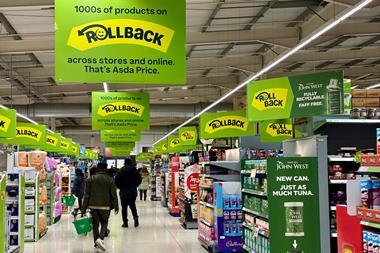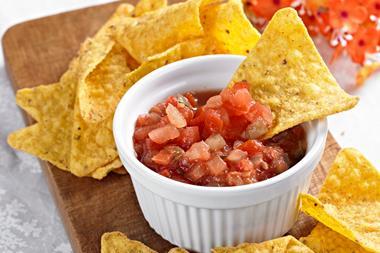Maintaining that premium
Uncertainty in the beef market can be attributed mainly to subsidy reform orginally greeted by most retailers and some processors as a welcome move towards more realistic prices. Instead, as the first elements of the EU's Agenda 2000 package take effect, cattle buyers in the UK find themselves paying more than in almost any other major market in the world apart from Japan.
Within Europe, only specialist niches of the Belgian, Italian and Spanish markets have live cattle prices consistently higher than in Britain, and these anomalies are due mostly to very high saleable meat yields from some carcases.
Of most relevance to British retailers, the Irish price of an R4L steer is about 20% lower than for a similar beast in Scotland. Some of the difference probably reflects wider processing margins in Ireland at the moment, but there is little doubt the supermarkets in Britain are voluntarily maintaining part of the differential through a commitment to home produced beef.
Retail industry strategists seem to have accepted this investment cost as worthwhile pending EU subsidy reform that would shift aid to direct payment of producer income but ultimately let the beef price find a market level somewhere down near its international value. This has also been the official line from Brussels.
However, producer lobbyists are now trying in conflicting ways to prevent this price adjustment. The National Beef Association believes a market premium can be maintained so long as the Agenda 2000 measures designed to restrict output are not fully implemented.
This is why the NBA is telling its members to choose slaughter subsidies rather than extensification' payments. The NFU, meanwhile, prefers bigger subsidies linked to lower output, not sharing the NBA's confidence in supermarket loyalty if numbers are kept up.
{{MEAT }}
Close menu
- Home
- Retail & Wholesale
-
Products & Suppliers
- Back to parent navigation item
- Products & Suppliers
-
Product Categories:
- Back to parent navigation item
- Product Categories:
- Alcoholic drinks
- Bakery
- Cereals & breakfast
- Cheese
- Chicken & poultry
- Chocolate
- Confectionery
- Crisps, nuts & snacks
- Dairy
- Fish
- Fresh produce
- Frozen
- Household
- Meat
- Own Label
- Sauces & condiments
- Seasonal
- Soft drinks
- Vaping
- Vegan & plant-based
- World foods
- Suppliers
- People
- Reports & Data
-
Topics A-Z
- Back to parent navigation item
- Topics A-Z
-
Popular topics:
- Back to parent navigation item
- Popular topics:
- Cost of living crisis
- Crime
- Deposit Return Schemes
- Finance
- Government & Regulation
- Health
- Inflation
- Loyalty
- Marketing
- Mergers & Acquisitions
- New Product Development
- Sourcing
- Supply chain
- Sustainability & environment
- Technology
- Ultra Processed Foods
- Vaping
- A-Z all topics
- Content by type:
- Events
- Ask iA (beta)
- Subscribe now
Sign in to comment on this article
Not logged in before? Register for FREE guest access today.
You will be able to:
- Read more stories
- Receive daily newsletters
- Comment on stories
Advert


















No comments yet